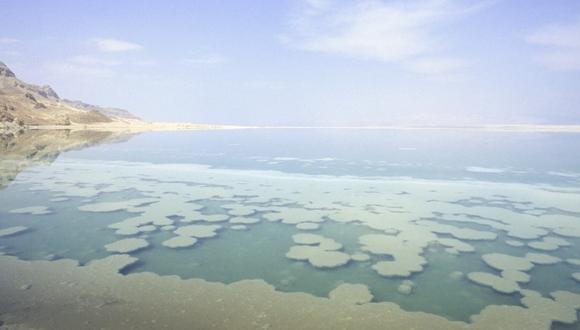Impact of Changes in Area and Level of the Dead Sea on Local Climate and Possible Implications of the "Seas Canal" Project
Student: Rotem Naor
Advisors: Prof. Pinhas Alpert and Dr. Oded Potchter
Student: Rotem Naor
Advisors: Prof. Pinhas Alpert and Dr. Oded Potchter
The Dead Sea is located in the heart of the Jordan Valley, which extending almost the entire length of east Israel. The sea produces around a unique micro-climate resulting of the presence of a large water body, in an arid region with varied topography, and all that at about 400 m below sea level. The uniqueness of the local climate, during the summer months, is reflected in three different scales of climatic phenomena: The Mediterranean breeze, the Dead Sea breeze and orographic winds, forming together fairly regular daily patterns of temperatures and humidity and different breeze characteristic for each part for the day. From late night, land breeze is blowing, sometimes followed by the katabatic winds. From morning until afternoon the Dead Sea and the evaporation pools breezes are blowing. During the evening and night the Mediterranean breeze is the dominant wind. Global, synoptic, mesometeorology, orographic and local phenomena affect the local climate. However there is also the opposite effect. For example, almost every summer evening the local micro-climate of the Dead Sea is the one that affects the Mediterranean breeze, belonging to the mesoscale, and delays its penetration into the region during its blowing south along the Jordan Valley.
The first part of the work presents the dynamics of the Mediterranean breeze penetration into the Jordan Valley from Kfar Blum to Hatzeva. This is the first study examines systematically the blowing course of the Mediterranean breeze along the rift.
The second part of the work focuses on the micro-climate of the Dead Sea. In the last century there have been many significant physical changes in the Dead Sea area resulting from the declining in sea level. The decline led to the contraction of the sea and to its separation to two basins. Later on, the southern basin became artificial and shallow evaporation ponds, while the northern basin continued and even intensified the declining in water level. This part of the work presents these processes and analyzes the climate changes that occurred following them. Among them are the weakening of the Dead Sea breeze conversely the strengthening of land breeze and Mediterranean breeze.
These trends are likely to continue in the future due to the continuation of the processes. But if the "Seas Canal" project, which will convey water from Red Sea to the Dead Sea, will be carried out, the trends are expected to




